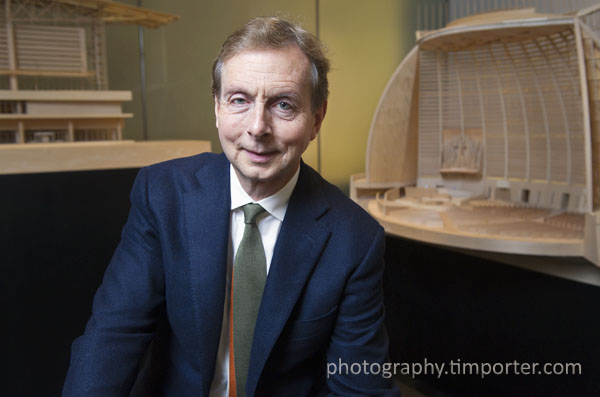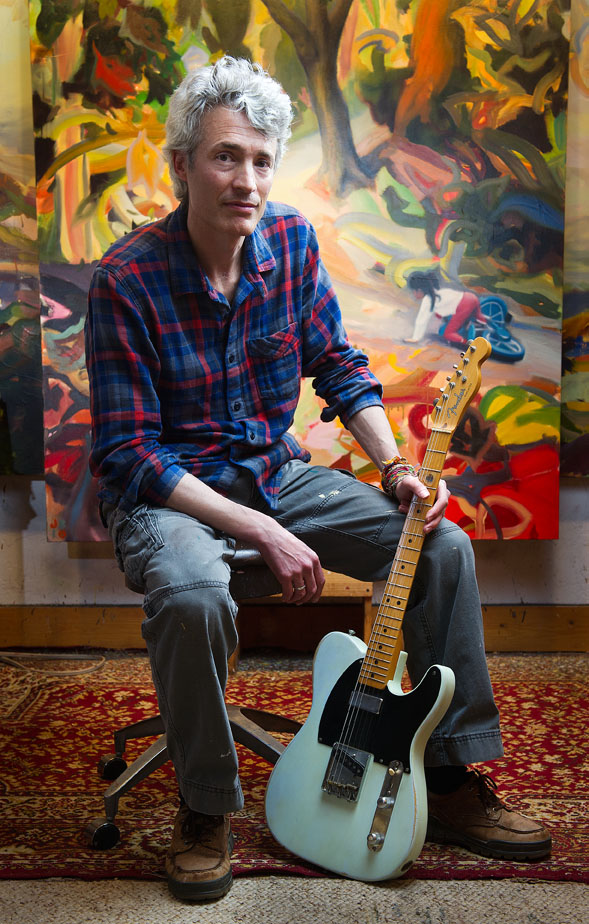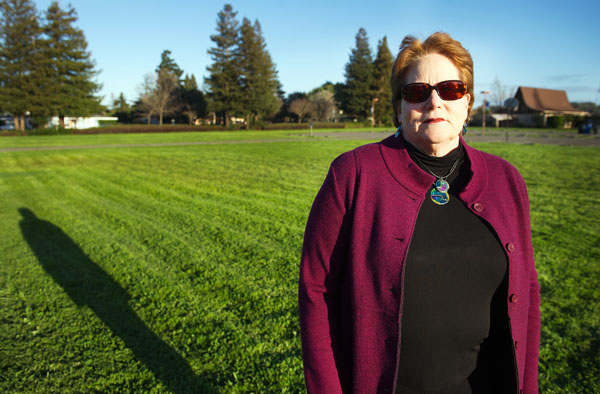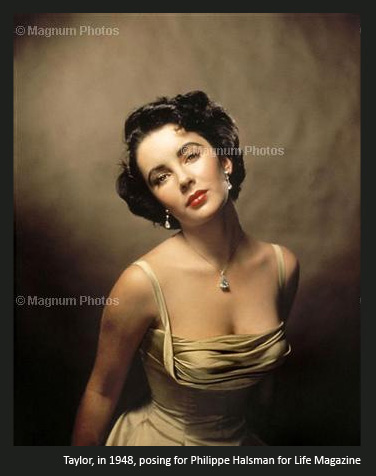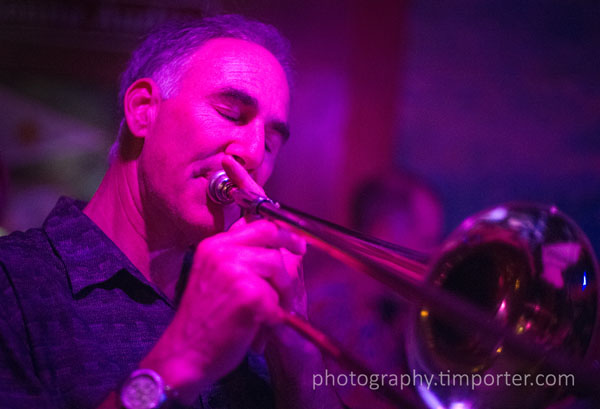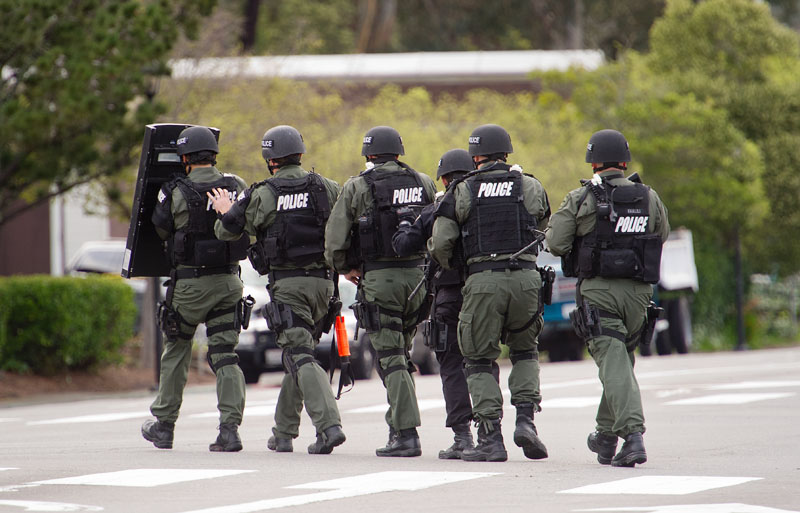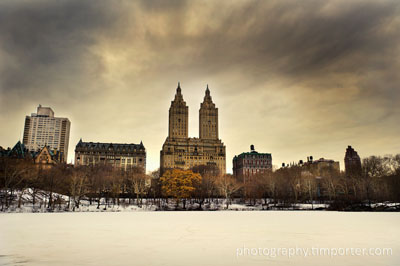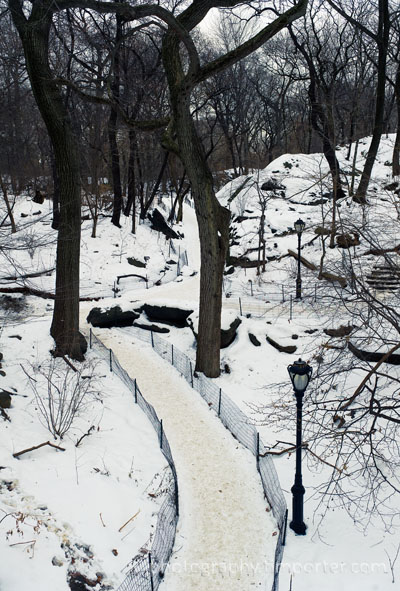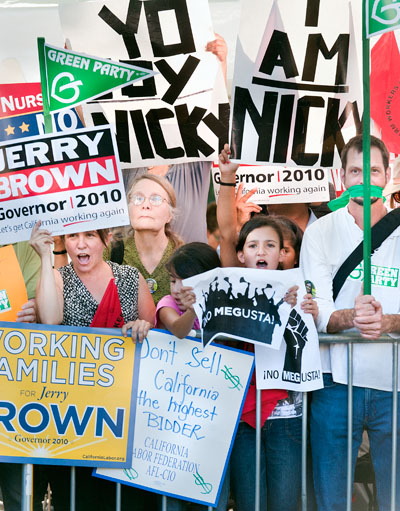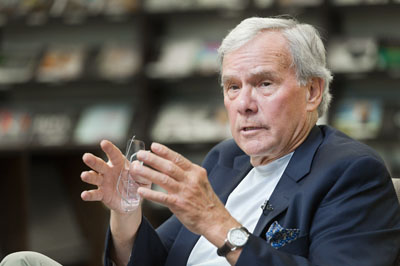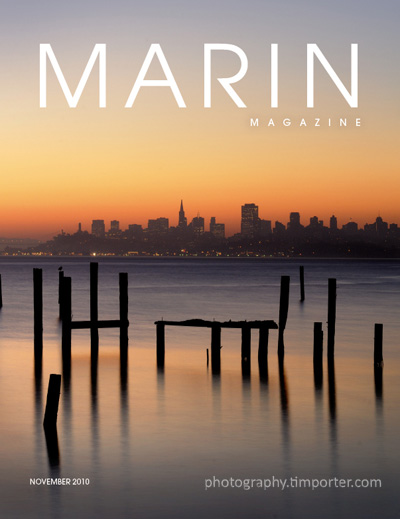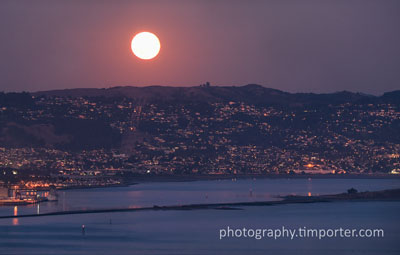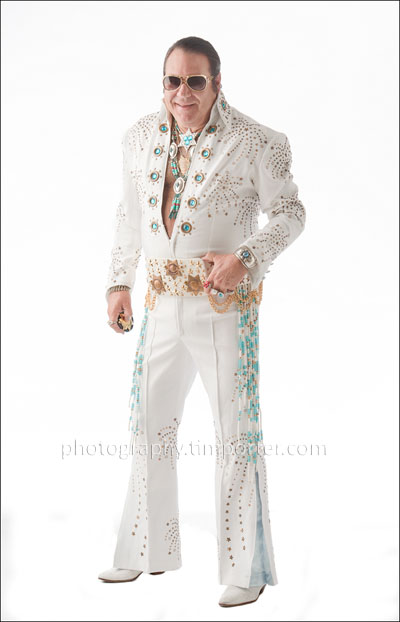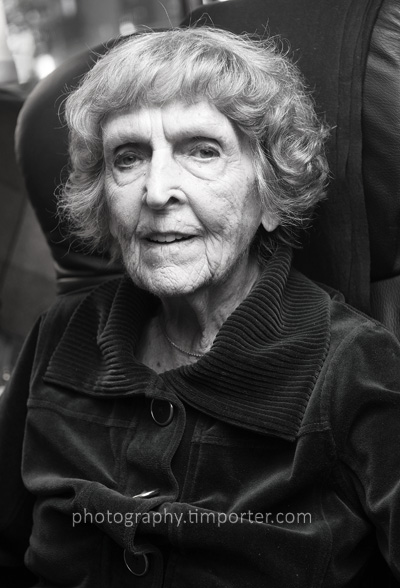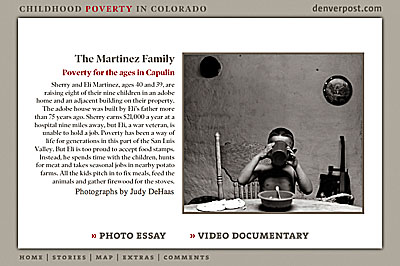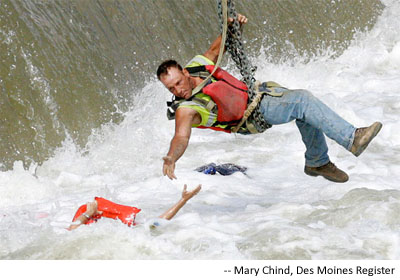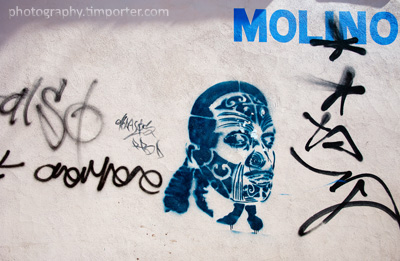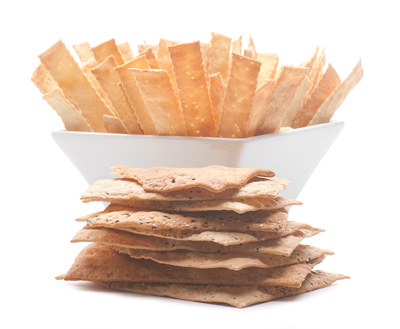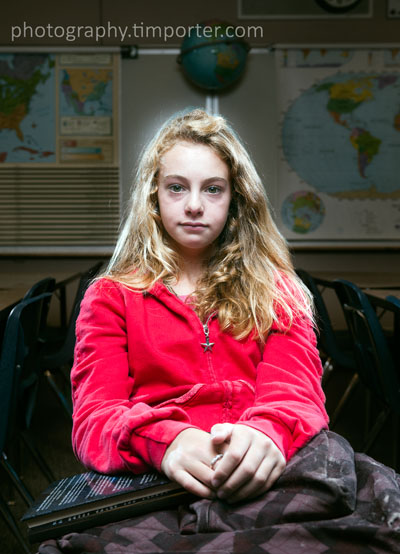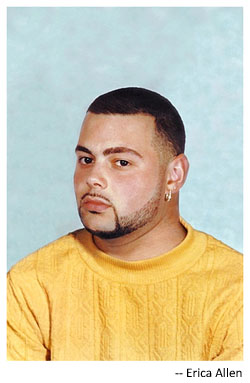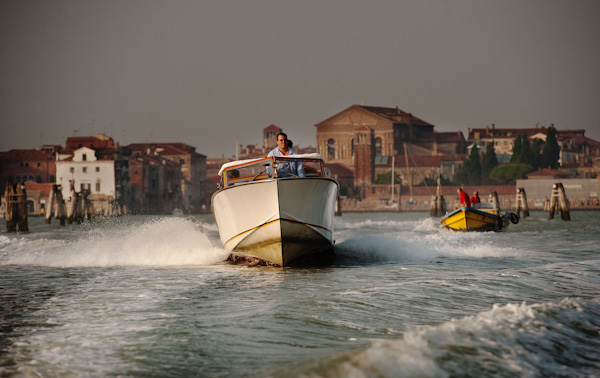
Summer is sprinting to an end, which means I’ll be heading to Europe for a couple of weeks — and that means it’s a race to get all the work I owe people done before we leave.
To keep me motivated, I’ve pulled up some images I made last year in Italy (that’s a Venice water taxi above) and am sharing the piece I wrote about that trip for Marin Magazine a month ago. Ciao!
From Italy with Love
If you must leave Italy after one of the best vacations of your life — and, honestly, I say don’t do it unless you really need that paycheck back home — then the only
fitting way to say ciao is what I’m doing right now: Standing at dawn in the open stern of a wooden speedboat caroming at 35 mph across the choppy water of the Laguna Veneta en route from Venice to Marco Polo Airport.
Warm spray kicks over the mahogany side panels of the 30-foot water taxi, landing on the lens of my Nikon as I try to capture the city’s receding profile. I don’t care. My mind, revved hard by all the incoming stimuli, is a-churn with a wild, reckless idea, one that is, yes, crazy, but really no more weird than any other fundamental, life-changing realization, a true Paul-on-the-road-to-Damascus moment.
I look across the boat to my wife. She is leaning outward over the windscreen, her face full into the breeze, her hair arrowed straight back. If she were a dog (and I can tell you this is not a metaphor she will care for) then she would be in canine nirvana, you know what I mean, head-out-the-car-window-on-road-to-Stinson happiness.
“Hey,” I yell to her. She turns. “Let’s sell everything, move here and buy one of these.”
That’s my idea: Get back to Marin and get rid of everything we own, all of it — the over-priced house on the under-sized lot, the cushy cars, the techie toys. Sell it, sell it, sell it, and then say “see ya” to the relatives, book a pair of lie-back seats one-way to Venice, and buy one of these gorgeous, gleaming boats — which at about $200k, go for less than a few hundred square feet of rancher in Novato. After that, we’re in the water taxi business, shuttling sunburned Brits and other tourists to and from the mainland for 100 Euros a scoot.
“Whaddya think?” I say to my wife. The wind has eaten most of my words, but I can see she’s gotten the gist. Her smile broadens. She nods. Oh, yes, such a good idea.

That’s Amore
Until this trip, France had been my favorite place in the world. I adore Paris with its cafés, its architecture, and its gardens — the Luxembourg and the Tuileries especially — and I love the rest of the country as well, from the stout breezes of Normandy to the impressionistic villages of Provence, all of it accessible by fast, efficient and inexpensive trains.

